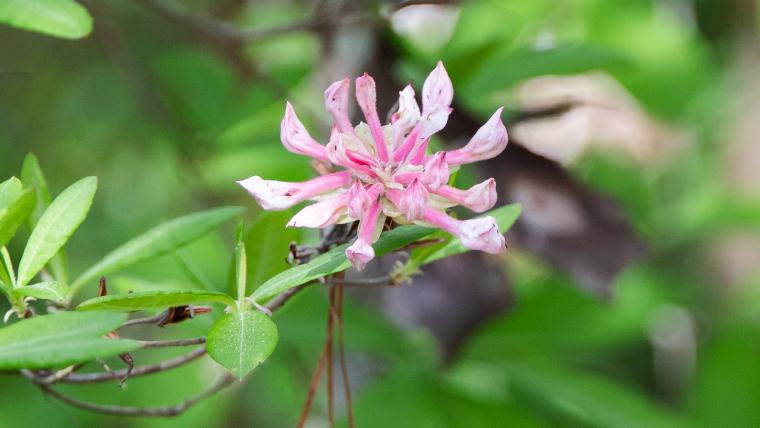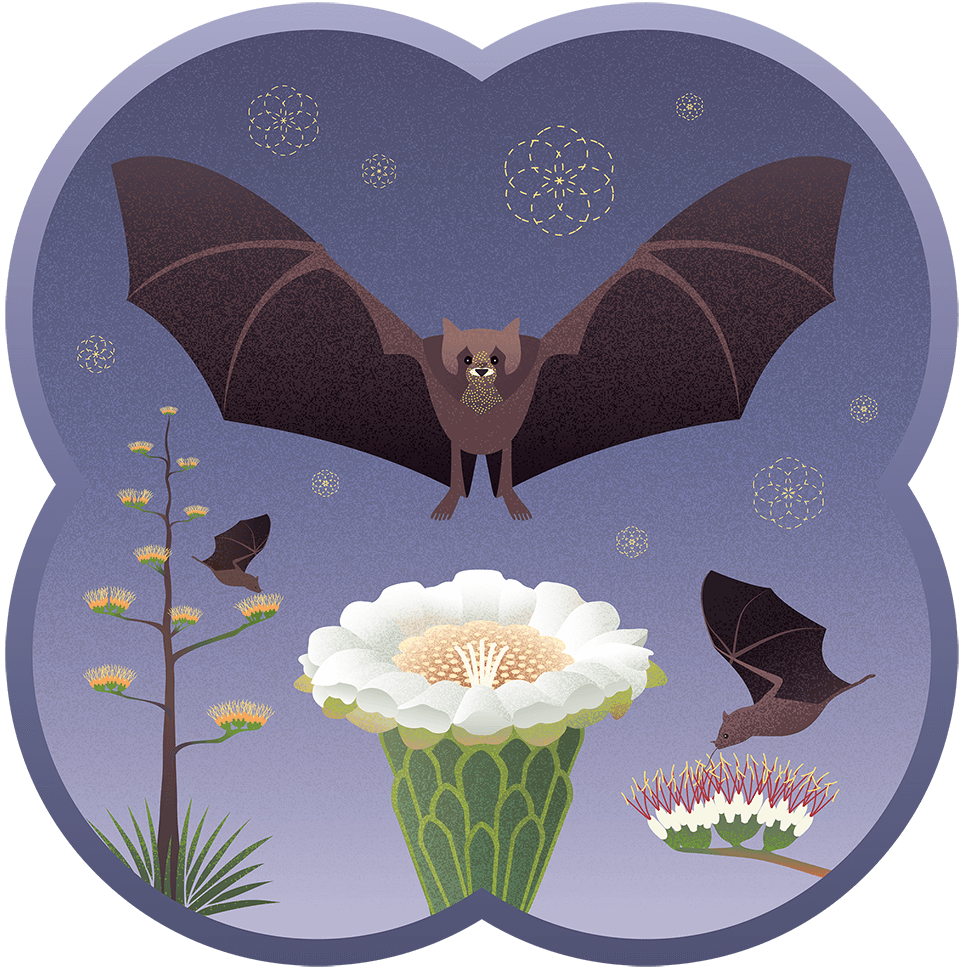Sections

Nature’s Notebook data reveal earlier spring activity under warmer conditions
Wed, Nov 05, 2025
Results from many small-scale studies have shown that warming temperatures are causing plants to leaf-out and flower earlier than they have in the past. However, it has been difficult to know whether these patterns hold true for a wide variety of plant species at a continental scale. To answer this question, researchers used thousands of observations of plants in the eastern U.S. that were submitted to Nature’s Notebook, mainly by volunteers. They found that leaf-out and flowering occurred earlier with warmer temperatures, but the effects varied among species and locations. Invasive species, shrub species, and species at southern latitudes were more sensitive to warming temperatures than other species. These patterns were similar to results from analyses of data collected by professionals and consistent with results from previous scientific studies, demonstrating the value of Nature’s Notebook observations.

Community scientists document a large diversity of plants in urban areas
Mon, Sep 15, 2025
As the world becomes increasingly urban, it will become more important to maintain diverse plant communities in and around cities. A diverse plant community provides many benefits to people and wildlife inhabiting urban areas. In many cities, we have incomplete information about plant species and distributions. So, researchers gathered data from published scientific papers, unpublished reports, and observations submitted to community science programs like USA-NPN’s Nature’s Notebook to see whether combining information from all these sources provided a more complete picture of urban plant biodiversity. They compiled more than 171,000 observations of plants in the Chicago, Illinois area and documented more than 2,200 plant species. Community science programs contributed more observations of more plant species in more diverse locations than scientific studies or reports. However, professional scientists documented a significant number of native species with limited distributions that were not observed by community scientists. In all, the study highlighted the value in combining different types of data to better characterize and manage plant communities in urban areas.

Trees damaged by late season frosts can see negative impacts for years
Fri, May 09, 2025
Many trees in the Northern Hemisphere are leafing out earlier as the climate warms. But with leaves emerging earlier in the season, there is an increased risk of damage from a late spring frost. Researchers used experimental and observational data – including thousands of records from Nature’s Notebook – to evaluate the effects of late spring frosts on hundreds of tree species. The results indicated that late spring frosts have both short-term and long-term effects on tree growth and phenology. In the short-term, late spring frosts damage young leaves and limit tree growth that year. But more notably, late spring frost events also limit the amount of resources a tree can store that year, which results in delayed leaf emergence and reduced productivity the next calendar year. These results illustrate that the effects of extreme climate events on plant phenology and productivity may extend months, or years, into the future. The results may also help scientists generate more accurate predictions of how forests will respond to future climate change.














